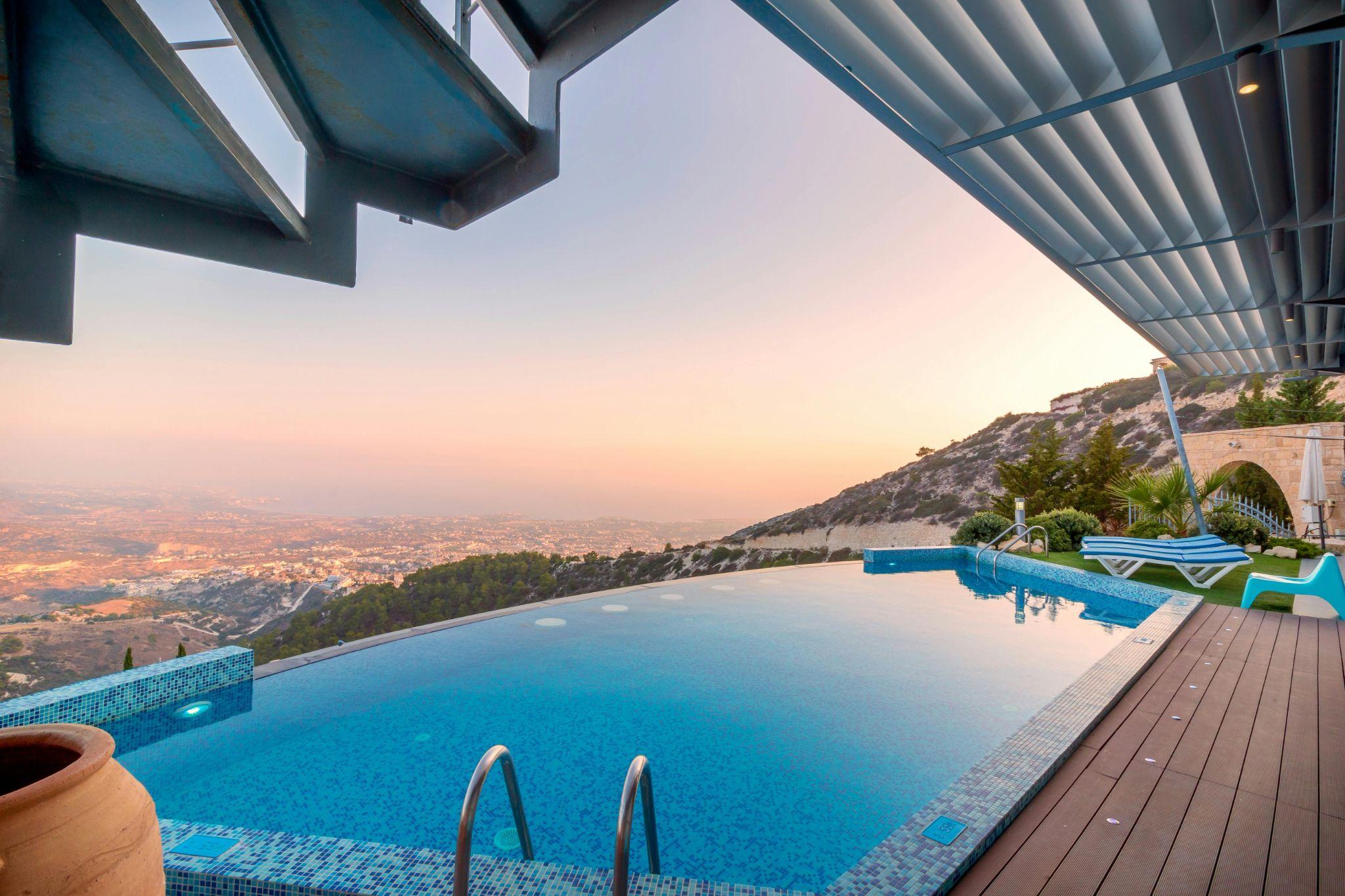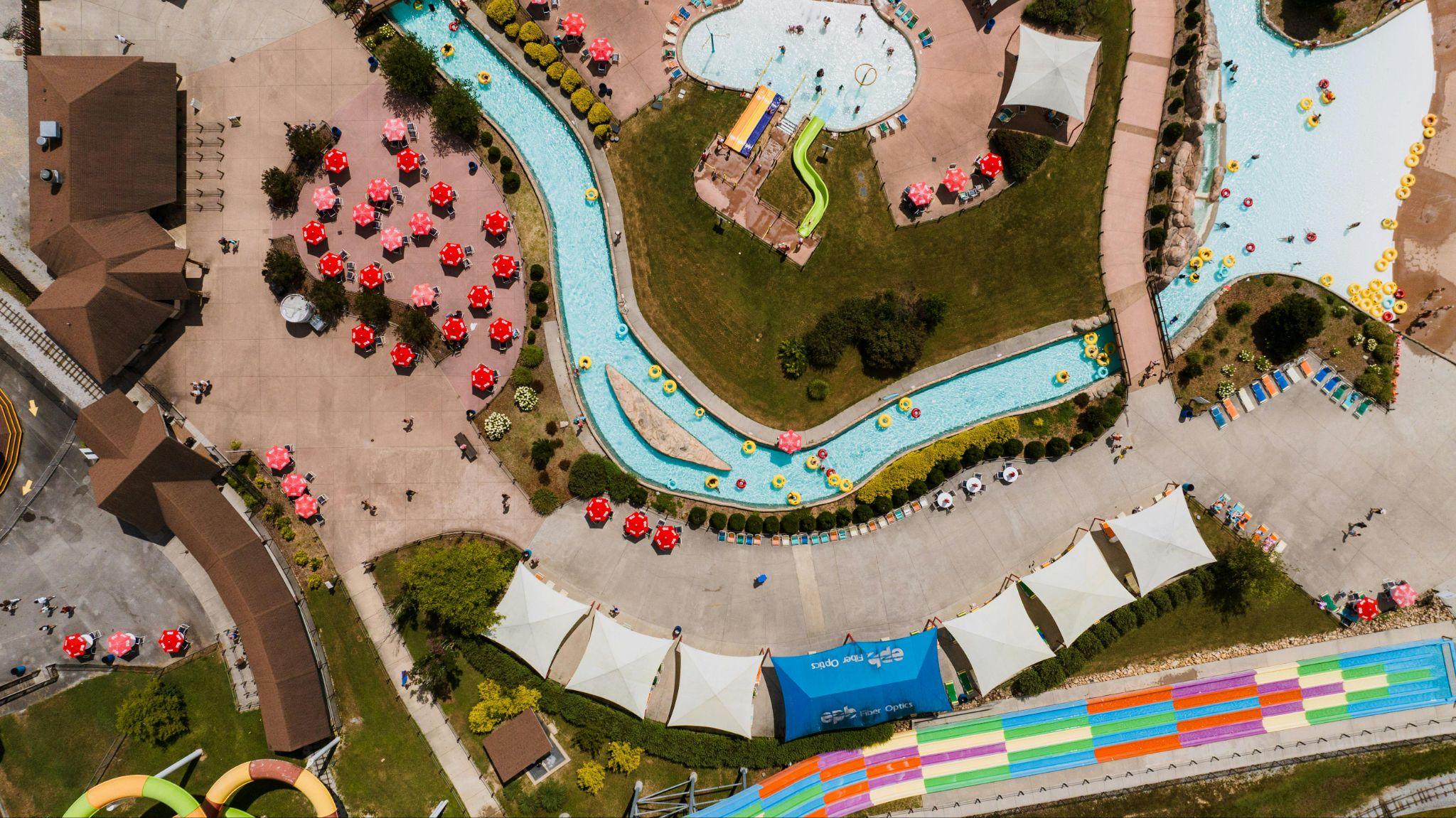A swimming pool should always be a place for relaxation and entertainment. Unfortunately, it also requires significant time and money for maintenance. If you have an above or inground swimming pool with a size more than for a kid or one adult, you definitely, in addition to a bath, have at least a water filter and a pump. Without a filter and a pump, there is no water circulation; it quickly becomes dirty with algae, bacteria, and other debris. There are strict requirements for water quality for swimming that can be met only with proper equipment, regular mechanical cleaning of walls and floor, and chemical water treatment.
So, you understand that you anyway need pool equipment, but there should be recommendations on how to decrease your monthly expenses. This article is dedicated to tips for energy-efficient pool pumps; correspondingly, less energy consumption leads to less carbon footprint.
Tips for efficient pumps usage
There are several ways how to make usage of your pool pump effective. Energy consumption is the most essential parameter to determine the effectiveness of pumps. Energy-efficient pumps help to save money without a decrease in functionality. The most popular variable(VSP) and single-speed pumps (SSP) are produced by Pentair, Hayward, Zodiac, Polaris, Waterways, Eco-boost, and Jandy on the market.
- Install variable speed pumps with a high ENERGY STAR rating.
- Install energy-efficient single-speed pumps with a high ENERGY STAR rating.
- Use a pool pump at night (energy costs less), and use timers.
- Use robotic cleaners with the possibility of water filtration as they are powered by low-voltage electricity.
- Use automatic control systems that start the pump only when needed or per a set schedule.
We will focus on the first two points, as for others, the tips are obvious. We should admit that the DOE (Department of Energy in the USA) issued in 2021 new regulations that all imported or manufactured pumps in the USA should meet the minimum energy-efficient standards. That is why VSP will replace single-speed models as a more efficient pump soon. It isn’t easy to find large single-speed pumps because of new requirements. Some states have additional stricter requirements; in California, for example, pumps over 1.0 HP should have two or more speeds, and all single-speed pumps (excluding waterfall pumps and boosters) can’t be repaired and are not appreciated.

Variable speed pumps
Even though variable speed pumps cost significantly more, they allow us to save much more money in the long run. These pumps have two speeds and more, and by running a pump with low speed, you consume less energy than a one-speed pump. The energy savings can reach up to 90%. Other advantages of low-speed modes – are quiet operation and less carbon footprint. Variable speed pumps use from 50 to 500 watts, while single speed pumps up to 2500 watts per day (1000-2400 kWh vs. 3000 kWh per year). If you choose a pump with a high ENERGY STAR rating, the average cost for electricity is up to $100-150.
These pumps can be programmed for optimal runs based on other pool equipment and reduce speed when required to prolong a pump’s lifetime. Choosing a pump based on your swimming pool and the required flow rate is also essential. The pump flow rate should equal or less than the filter’s maximum allowable flow rate. You should understand that if you choose a pump bigger than required, you will pay more for electricity. Another option to make energy savings is to control water turnovers; for regular pool maintenance, 1-2 “turnovers” are required during a day, with frequent use or pool location with much debris and dirt. This value may increase to 3-4.
As variable speed pumps work less time at high speed, their lifetime is longer, and they are better for the environment, as fewer materials at the end will be consumed for one swimming pool maintenance, resulting in less carbon footprint. The more speeds your pump has, the more energy effective it is, especially if you have many types of pool equipment (filter, fountain, chlorinator, suction side pool cleaners, salt generator, and heat pump). You can check a comparison of two variable speed pumps, Pentair SuperFlo or IntelliFlo, showing that an 8-speed pump provides 90% of energy savings, while a 3-speed pump only 80%.
Single speed pumps
Even though the U.S. Department of Energy issued a guideline with reasons for replacing single-speed pool pumps with variable-speed pumps already in 2012, pump manufacturers still produce single-speed pumps. Nowadays, the most frequent reason you choose a single-speed model is its price. Also, you may choose them for use only at limited daily hours. For example, for a 20.000 gallons’ pool, you may use a single-speed pump (3450 rpm) for 8 hours which equals 24 working hours for variable-speed pumps in terms of electricity costs. But with a single speed, only 1.58 turnovers will be executed, while VSP does 3.22. More turnovers help maintain better sanitation levels and evenly distribute chemicals in the water. Normally, SPP speed equals the maximum speed of VSP.
Single-speed pumps, meanwhile, have another advantage in addition to the price – reliability in operation. For years these pumps have proved their stability in pool filtration. As a result, you may still purchase single-speed pumps with ENERGY STAR certification (our recommendation) from Blue Torrent, AquaPro, Polaris, Hayward, and Pentair with rated horsepower 0.5-1.5. You can check the rating on the Energy Star official website.
Conclusion
As you see, there are not many options for how to be energy efficient. Current and expected regulations push residential pool owners to purchase variable-speed pumps to reduce energy consumption and carbon footprint. For owners that can’t afford a new pump, we recommend starting a pump at night and using automatic control systems with timers to control the pump. If you have a heat pump, it is recommended to use a pool cover while the pool is not in use. Also, do not forget to clean your skimmer and filter to reduce the possibility of pump damage.
Anyway, purchasing pumps with a high Energy Star ranking is recommended. VSP promises that these pumps work longer because of low-speed less possibility of leaks and repairs, and have a more advanced hydraulic design.

